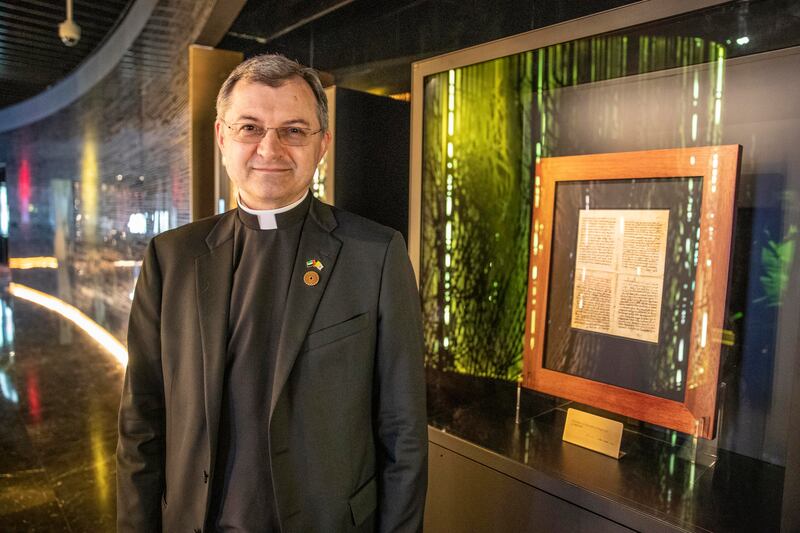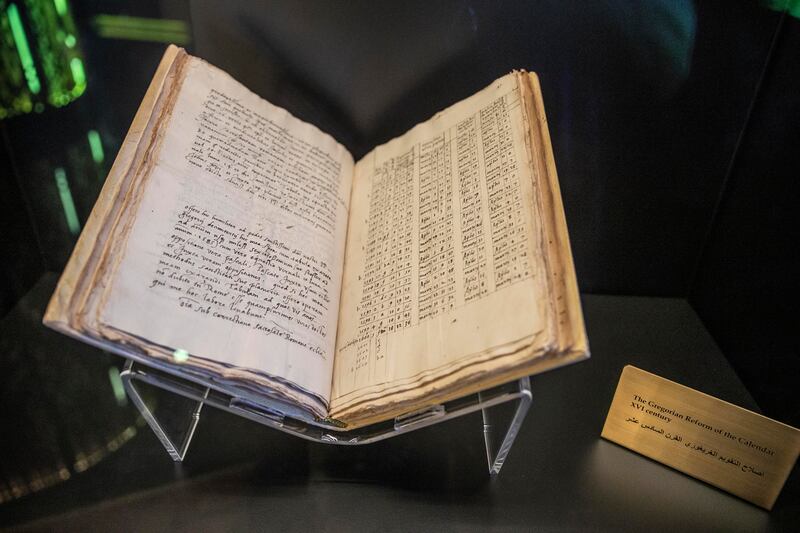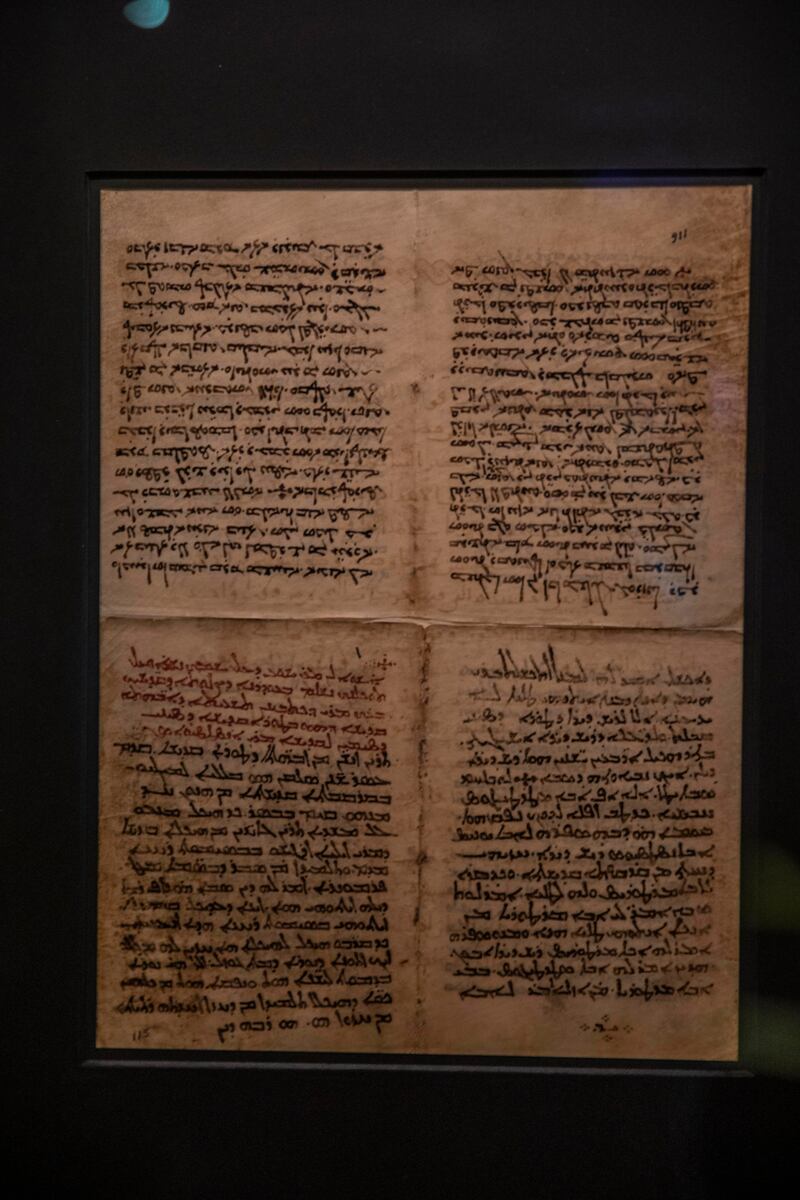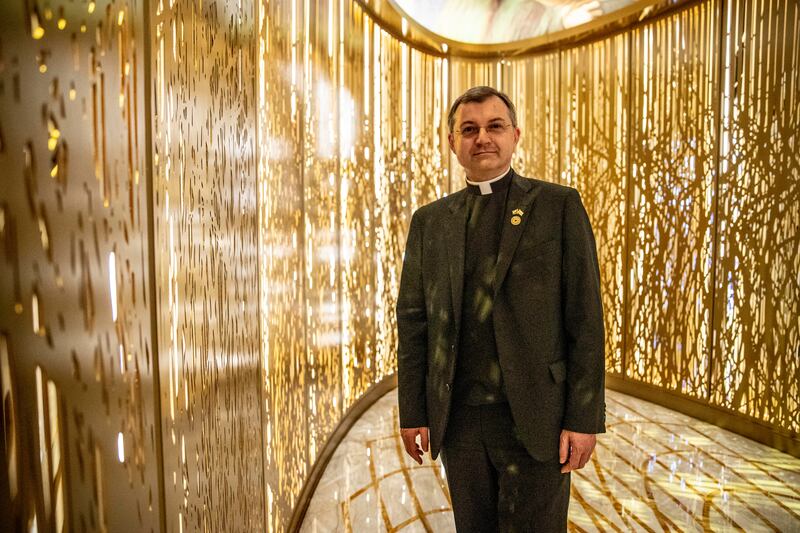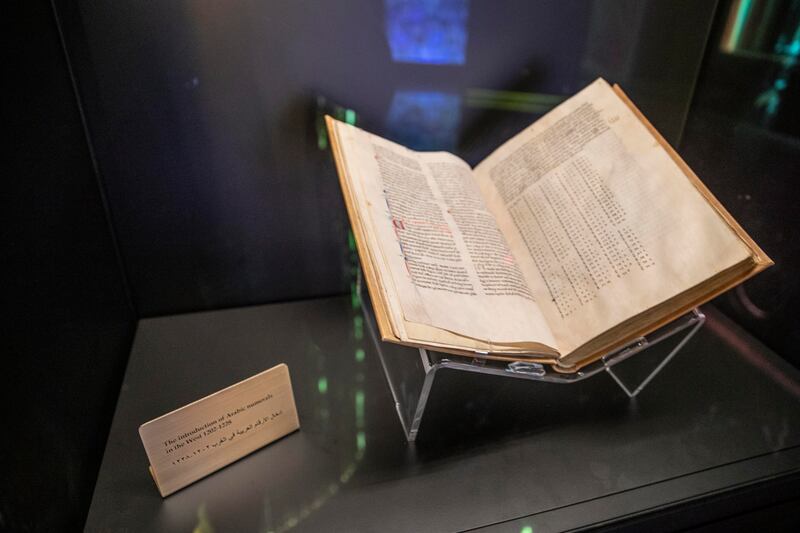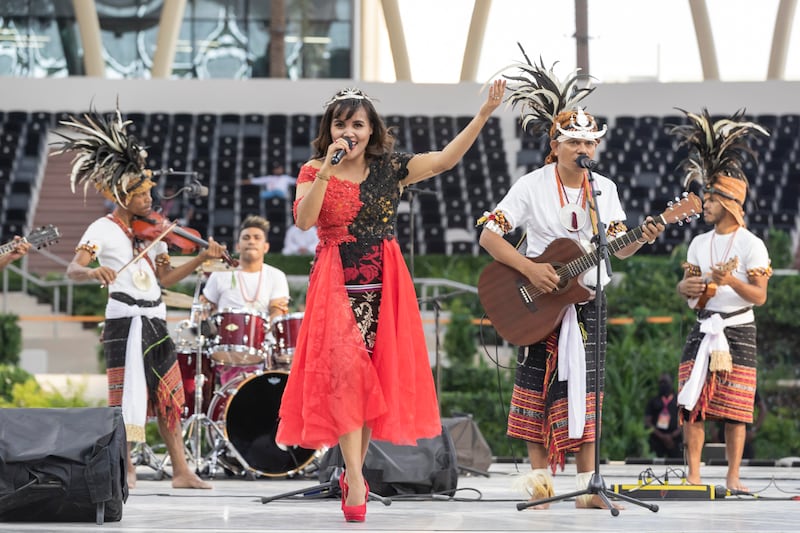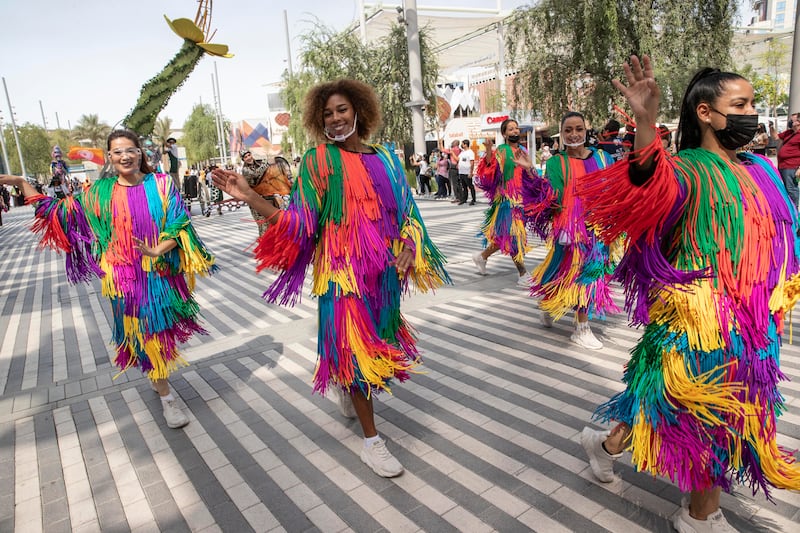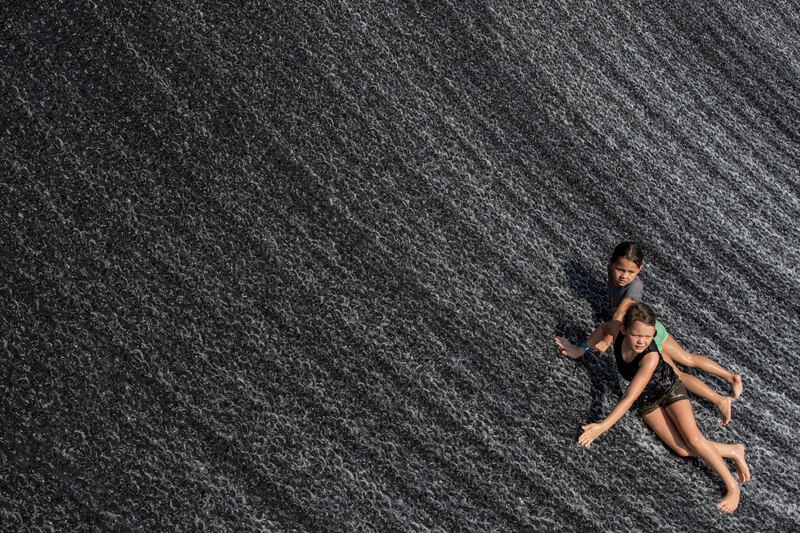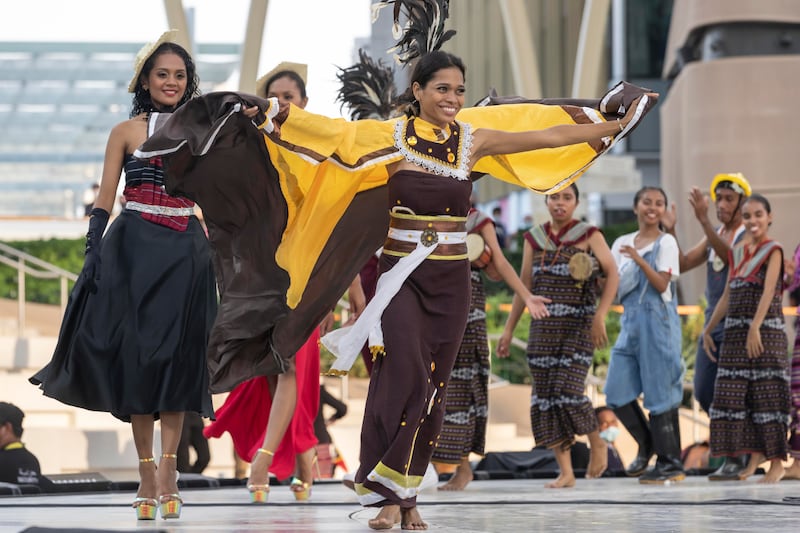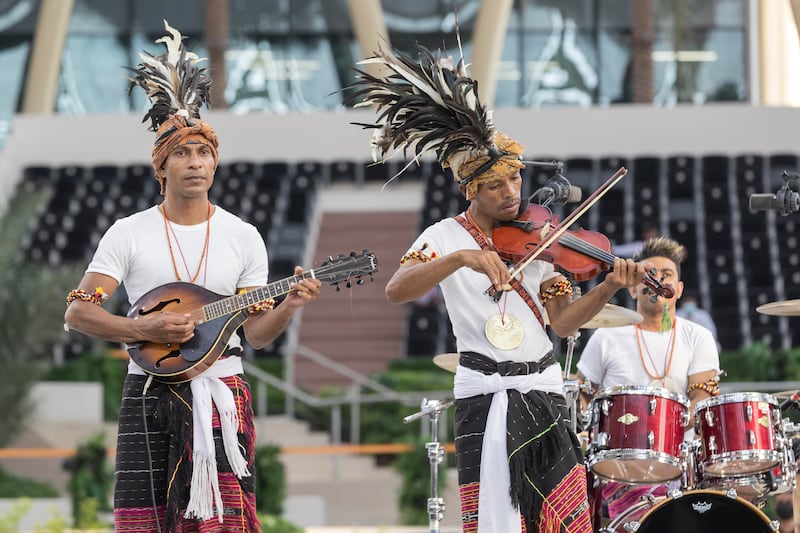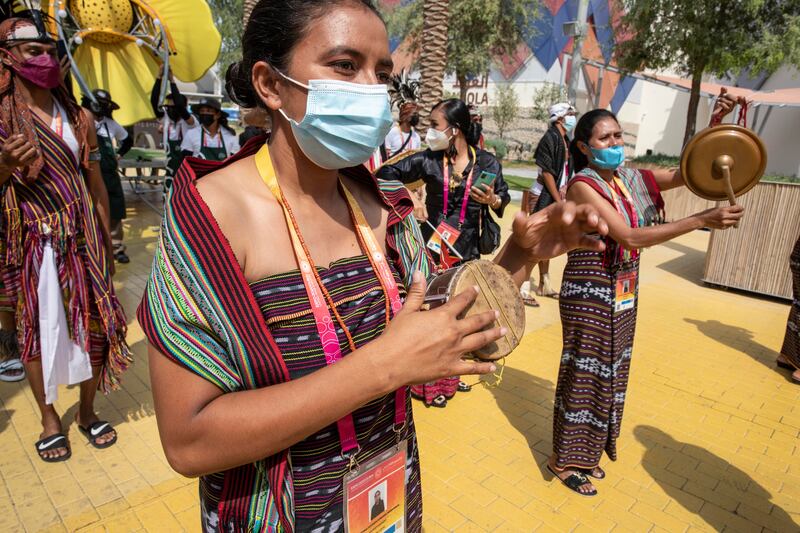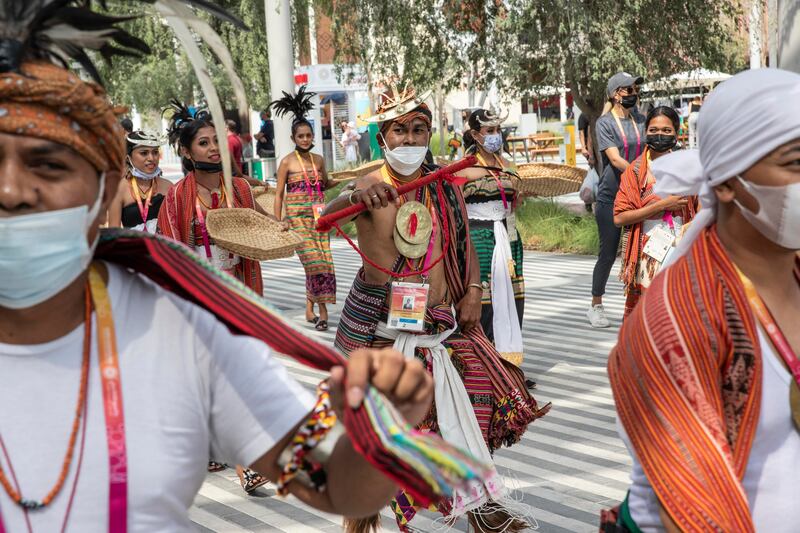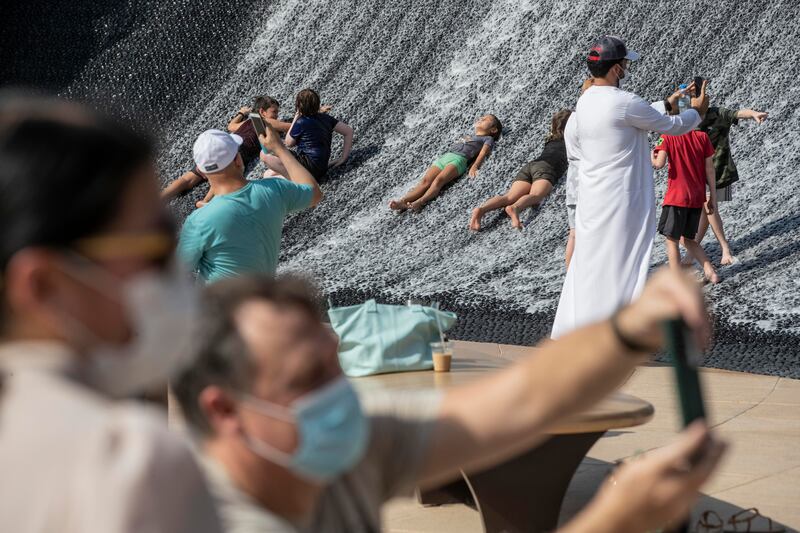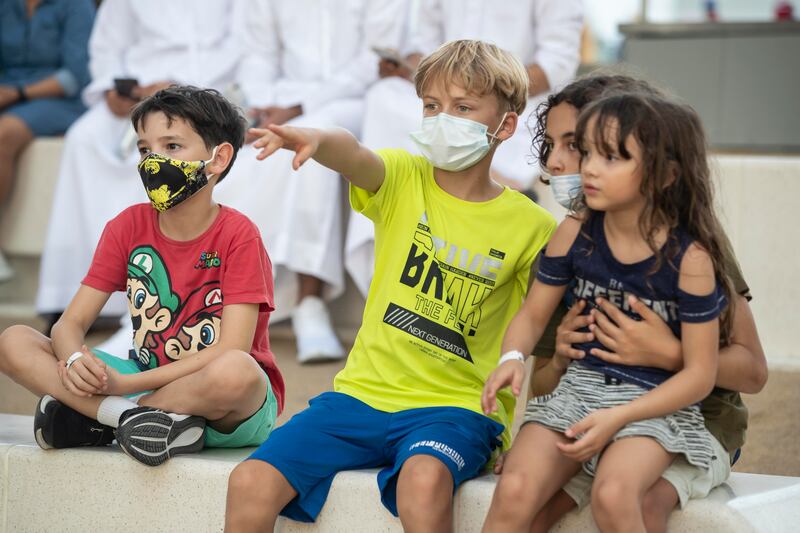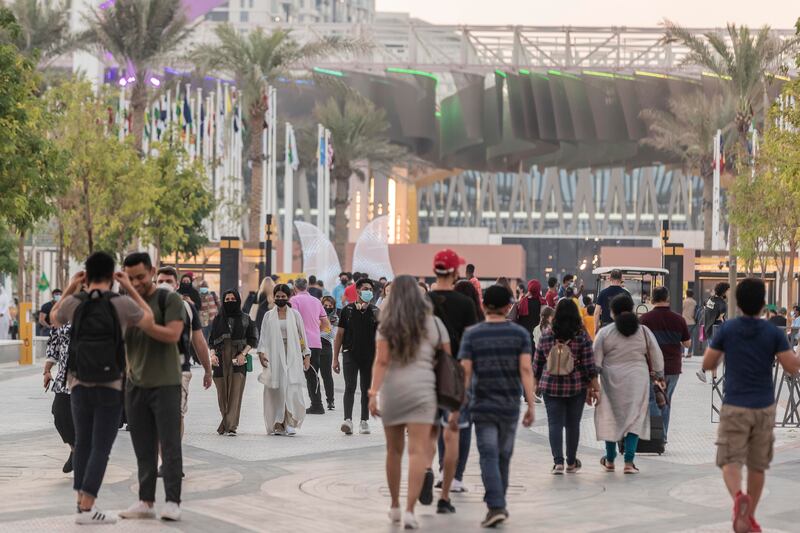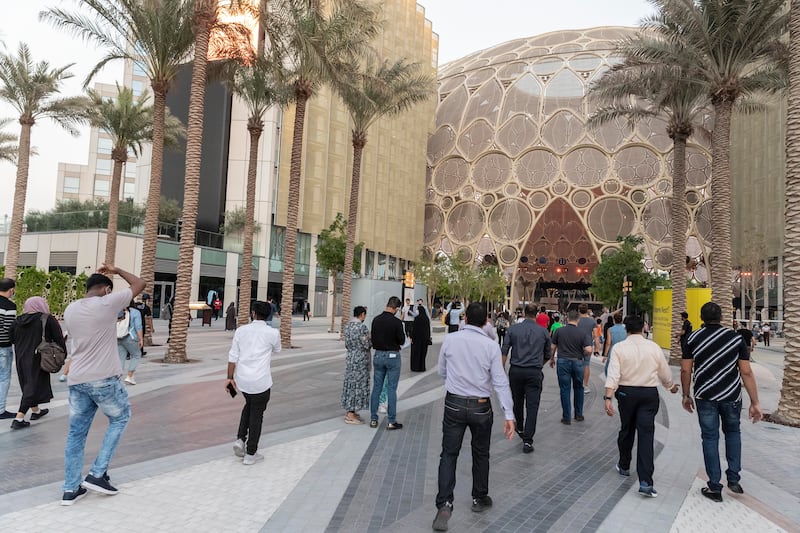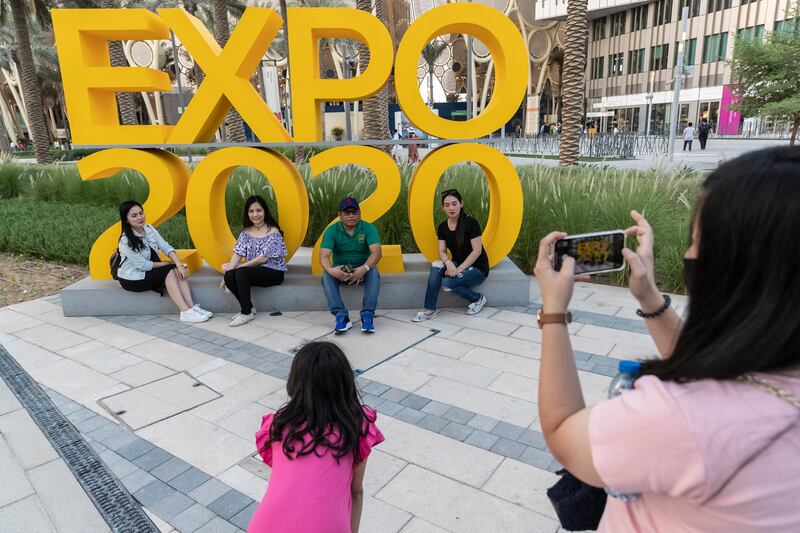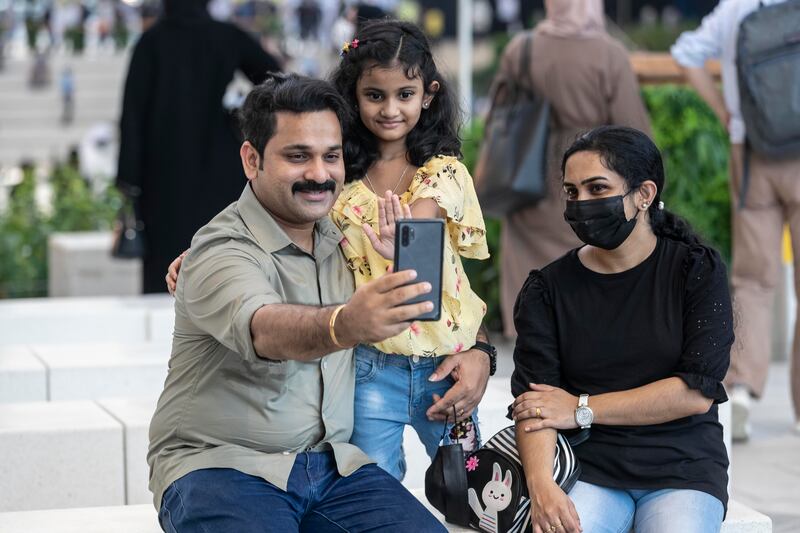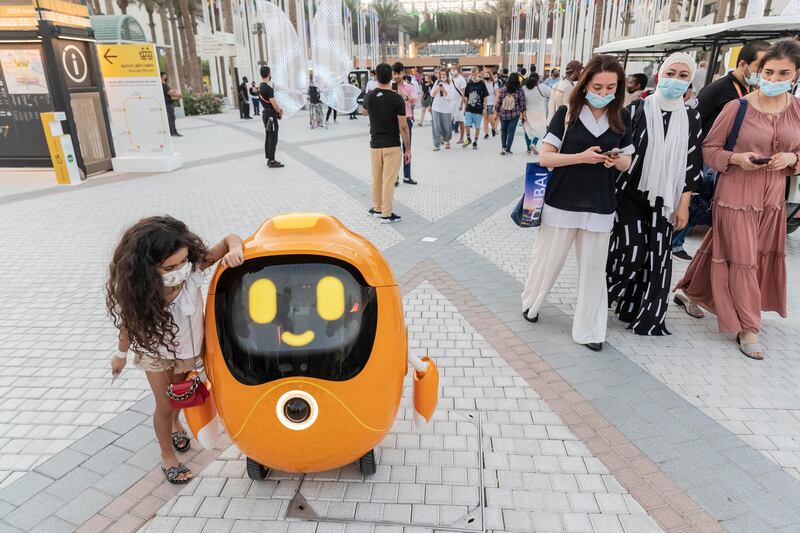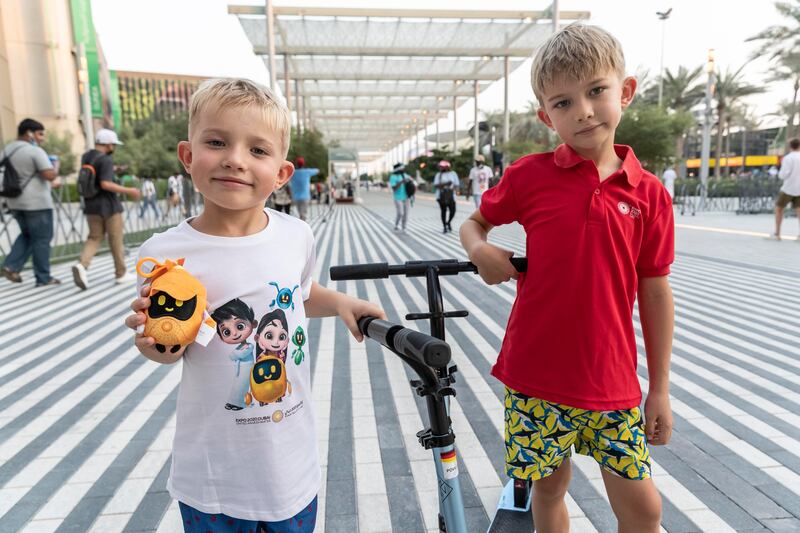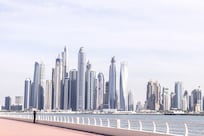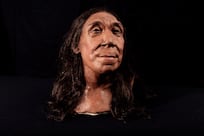Precious manuscripts more than 1,000 years old have left the Vatican’s secret archive for the first time to be displayed at Expo 2020 Dubai.
The documents are on show at the Holy See pavilion, which is named after the governing body of the Roman Catholic Church.
One of those manuscripts, which dates back to the early ninth century, was written on parchment made from animal skin and displays theories on astronomy written in Arabic.
The pavilion is also home to a recreation of Michelangelo’s The Creation of Adam. The original image adorns the ceiling of the Sistine Chapel in Vatican City.
“These manuscripts show how there is much that unites different cultures,” said Monsignor Tomasz Trafny, deputy commissioner general of the Holy See pavilion.
“We designed this pavilion with a focus on the relationship between Christianity and Islam.
“The idea is to show that we are all brothers and we want to point out what unites us instead of focusing on what divides us.”
The manuscript was believed to have been recovered from the House of Wisdom in Baghdad, a large library established in the eighth century.
Monsignor Trafny was unsure how it came into the possession of the Vatican’s Apostolic Archive but believes it may have been offered as a tribute or present to a serving Pope.
The manuscripts serve as a clear example of how Arabic and Christian cultures have been intertwined for more than a millennium, said Monsignor Trafny.
One of the other manuscripts is from the 13th century and shows how Arabic number systems were introduced into western culture.
The third manuscript also offers a glimpse of how this was used to help introduce the Gregorian calendar in the late 16th century.
“As far as we know this is the only surviving manuscript from the House of Wisdom,” he said.
“The other manuscripts show how we are still using Arabic mathematical systems in everyday life in the western world.”
The recreation of The Creation of Adam, one of the most famous images in history, was created “by using exactly the same style brushes and techniques that Michelangelo used in the early 16th century,” said Monsignor Trafny.
One of the most famous moments of the Crusades is also recreated on the walls on the pavilion, with a mural of St Francis of Assisi heading to discuss matters of faith with the Sultan of Egypt in 1219.
“We are using this to begin the journey in the pavilion because it’s an early example of a positive encounter between the two faiths,” he said.
“Despite being at war they were able to put aside their differences to discuss what they had in common.”
While a monument to an early encounter between iconic leaders of the two religions opens the journey through the pavilion, one much closer to home for the UAE greets visitors at the end of the exhibition.
“The tour ends with a display of a meeting that happened 800 years after St Francis and the Sultan when the Pope met the Grand Imam in Abu Dhabi in 2019,” he said.
“We want to remind people of the importance of fraternity and open dialogue.”
The walls of the pavilion are also adorned with writing from different languages etched over each other, to illustrate how communication has evolved throughout the centuries.
“It symbolises the journey from hieroglyphics with languages including Greek, Latin, Babylonian to the explosion of languages we have today,” said Monsignor Trafny.
“We also have messages in Braille, and in computer code as that’s the language of tomorrow.”
The Holy See’s display at Expo serves a much different purpose than the pavilions from other countries, he said.
“Our presence here is more about culture and symbolism than anything else,” he said.
